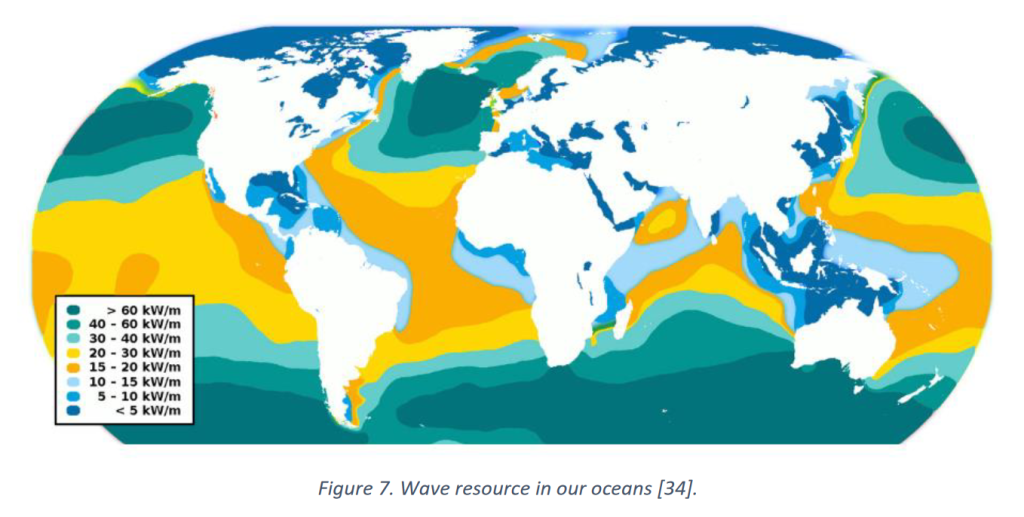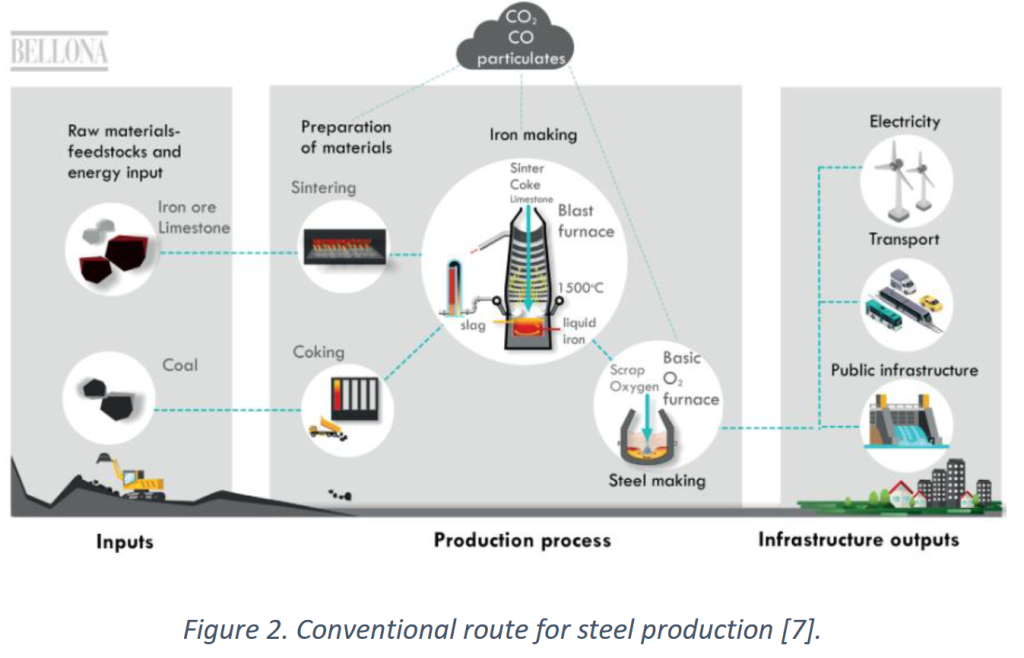The study, conducted by CorPower Ocean, the Instituto Superior Técnico de Lisboa (IST) and a global green steel manufacturer, highlights how wave energy will positively impact the creation of green hydrogen to make green steel.
Traditionally, steel is made from iron ore with coke, a fossil fuel, in a furnace at high temperatures. More recent advances have led to the development of green steel, which is created using green hydrogen.
According to the study, a broader mix of baseload renewables is needed to support intermittent wind and solar resources to provide carbon-free power 24/7.

You may also be interested in | Sphera: How to Build and Manage a Sustainable Supply Chain
Ocean energy
The academic study focused on the operating requirements of a 1 GW electrolyzer in a potential European green steel production plant for 90% of the year. More than 800 simulations were performed calculating the optimized installed capacity of renewable energy, as well as purchases and sales to the grid.
It was concluded that combining complementary renewable energy sources, such as onshore wind and solar with ocean wave power, resulted in a more stable and constant energy source for creating green hydrogen. In this way, the required installed capacity and the cost of energy could be significantly reduced.

More specifically, the results show that the introduction of wave energy can help halve the installed capacity production needs and reduce the cost of energy by 26%.
When only solar and wind power were used, the need to cover 90% of demand translated into an energy system of 8.4 GW. By comparison, if 1 GW of wave power was added, the installed capacity needed was reduced by 46% to 4.5 GW.
The model was based on 2030 prices where wave power, as a novel technology, was priced at more than twice the LCOE compared to solar and wind.
The Market
Between 2020 and 2021, the global hydrogen market was valued at $130 billion and is estimated to grow by more than 9% annually through 2030. However, more than 95% of current hydrogen production is based on fossil fuels.
The potential uses of hydrogen continue to expand in sectors such as power generation, cement production, fuel cells for electric vehicles, heavy transport such as shipping, production of environmentally friendly ammonia for fertilizers, cleaning products, refrigeration and stabilization of the power grid.
Anders Jansson, Business Development Manager at CorPower Ocean, said, “We have been studying the systemic value of wave energy for many years and this report demonstrates once again how important wave energy is for future energy systems. Although it has focused on a 1 GW system, we see the same results in national and interconnected energy systems.”
If you would like to read the full report in pdf format, click here




